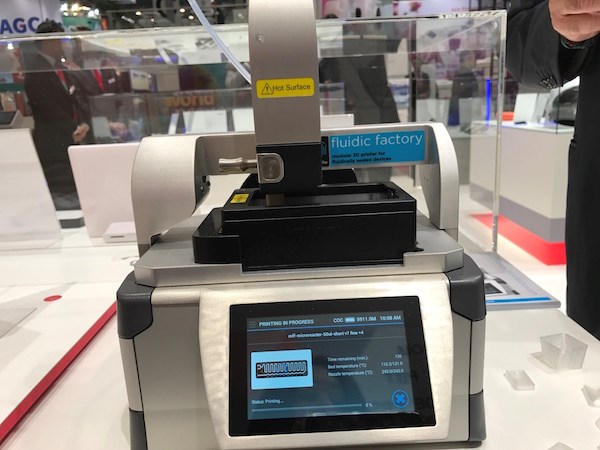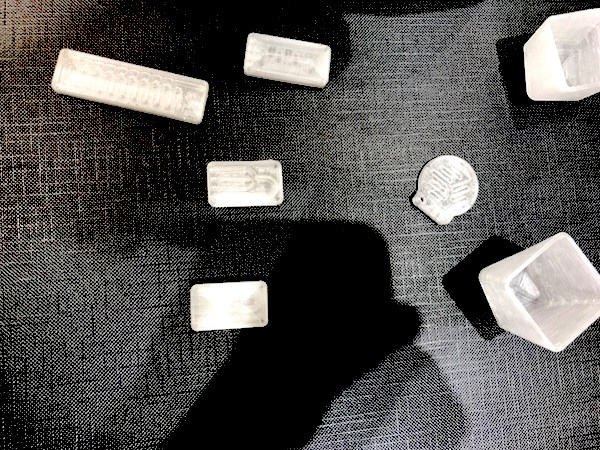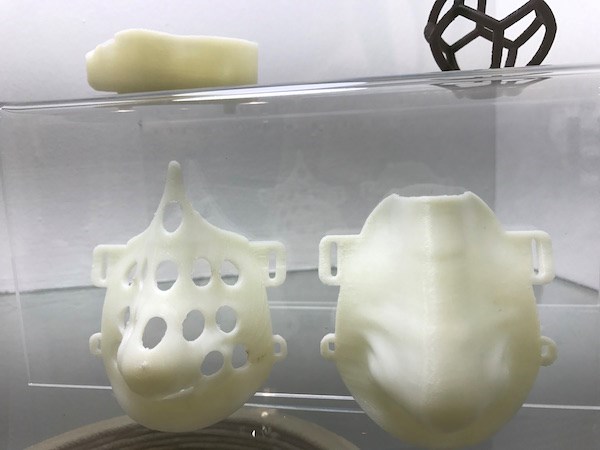New 3D Printer Uses COCs for Microfluidic Devices; ABS Terpolymer for 3D Printing
Specially designed 3D printer uses COCs for microfluidics; new ABS player promotes terpolymer for additive manufacturing.

Specially designed 3D printer uses COCs for microfluidics; new ABS player promotes terpolymer for additive manufacturing.
TOPAS COC Applied in 3D-Printed Fluidically Sealed Devices
I visited TOPAS to talk about the development of and commercial strides with its Topas cyclic olefin copolymer (COC). Turns out that Dolomite Microfluidics, Florence, Ky. has developed a new 3D printer it calls the Fluidic Factory for making prototypes of fluidically-sealed devices such as chips, sensor cartridges, fluid manifolds, valves and connectors from the material.

The company opted to use a filament of TOPAS COC due to the material’s unique properties and benefits, including the fact that it’s most frequently requested by biologists and has great acceptance in the microfluidic industry.
ABS Compounder Promotes Terpolymer for 3D Printing Filaments
ABS specialty compounder Elix Polymers made its debut at the K. The Tarragona, Spain company has been aiming to develop advanced versions of its terpolymer specifically for 3D printing using Fused Filament Fabrication (FFF). Elix is seeking materials that will produce parts with better mechanical properties, including good impact resistance, low warpage, strong dimensional stability and high resolution.
Working in collaboration with AIMPLAS Plastics Technology Centre in Valencia, early functional parts target healthcare, appliances, automotive, and electronics industries. The company has just expanded its styrenics polymers business into North America. It includes new food-grade polymers for toys and household appliances.

Related Content
-
Business Slowing? There's Still Plenty of Stuff to Do
There are things you may have put off when you were occupied with shipping parts to customers. Maybe it’s time to put some of them on the front burner.
-
Getting into Plastics Additive Manufacturing? Avoid these Six Common Errors
There are a lot of 3D printing technologies out there, and it’s not uncommon for processors new to additive manufacturing to get tripped up. Here are some typical snafus, along with advice on how to avoid them before you start making parts.
-
Make Every Shot Count: Mold Simulation Maximizes Functional Parts From Printed Tooling
If a printed tool only has a finite number of shots in it, why waste any of them on process development?
















